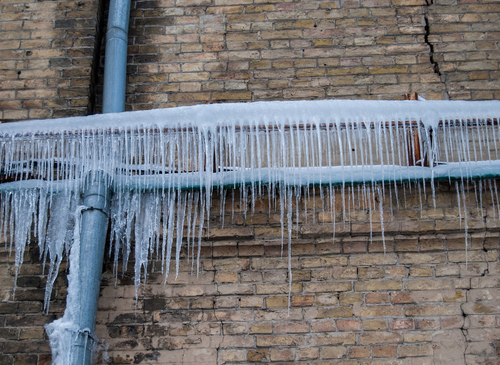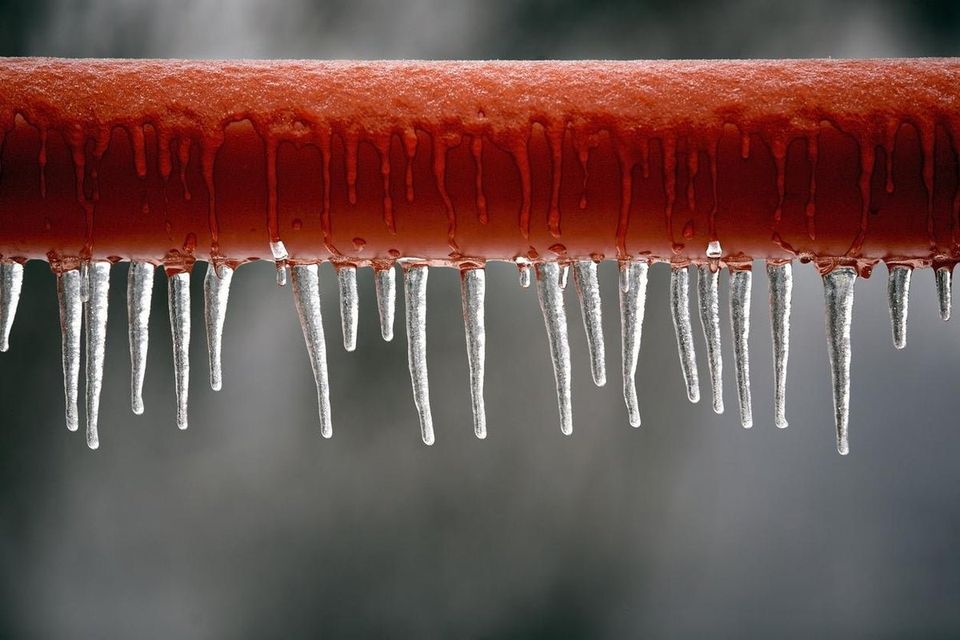Preventing Frozen Plumbing: Best Strategies for Cold Weather
Preventing Frozen Plumbing: Best Strategies for Cold Weather
Blog Article
We've found this article pertaining to 6 Ways to Prevent Frozen Pipes directly below on the web and decided it made sense to share it with you over here.

Cold weather can wreak havoc on your pipes, especially by freezing pipes. Here's just how to avoid it from happening and what to do if it does.
Intro
As temperature levels drop, the danger of frozen pipes boosts, potentially leading to pricey repair services and water damage. Comprehending how to avoid icy pipelines is essential for home owners in cold climates.
Recognizing Frozen Pipelines
What creates pipelines to freeze?
Pipes freeze when subjected to temperature levels listed below 32 ° F (0 ° C) for expanded durations. As water inside the pipelines freezes, it broadens, taxing the pipeline walls and potentially causing them to burst.
Threats and problems
Frozen pipelines can bring about water system disturbances, residential property damages, and pricey fixings. Ruptured pipes can flooding homes and cause comprehensive structural damage.
Signs of Frozen Pipes
Identifying icy pipes early can avoid them from rupturing.
Just how to determine frozen pipes
Try to find decreased water circulation from faucets, uncommon smells or sounds from pipes, and visible frost on exposed pipes.
Avoidance Tips
Insulating prone pipes
Wrap pipelines in insulation sleeves or make use of heat tape to secure them from freezing temperature levels. Focus on pipelines in unheated or external locations of the home.
Home heating methods
Maintain indoor areas appropriately warmed, particularly locations with pipes. Open cupboard doors to allow cozy air to distribute around pipes under sinks.
Securing Outside Plumbing
Yard pipes and exterior taps
Separate and drain yard hoses before winter. Install frost-proof spigots or cover outdoor taps with shielded caps.
What to Do If Your Pipelines Freeze
Immediate activities to take
If you presume icy pipelines, maintain taps available to soothe stress as the ice melts. Make use of a hairdryer or towels soaked in hot water to thaw pipelines gradually.
Long-Term Solutions
Architectural modifications
Take into consideration rerouting pipelines away from outside walls or unheated areas. Add extra insulation to attic rooms, cellars, and crawl spaces.
Updating insulation
Invest in high-grade insulation for pipes, attics, and wall surfaces. Proper insulation aids preserve constant temperatures and minimizes the risk of icy pipelines.
Conclusion
Preventing frozen pipes calls for positive steps and fast responses. By recognizing the causes, indicators, and preventive measures, home owners can shield their plumbing throughout winter.
5 Ways to Prevent Frozen Pipes
Drain Outdoor Faucets and Disconnect Hoses
First, close the shut-off valve that controls the flow of water in the pipe to your outdoor faucet. Then, head outside to disconnect and drain your hose and open the outdoor faucet to allow the water to completely drain out of the line. Turn off the faucet when done. Finally, head back to the shut-off valve and drain the remaining water inside the pipe into a bucket or container. Additionally, if you have a home irrigation system, you should consider hiring an expert to clear the system of water each year.
Insulate Pipes
One of the best and most cost-effective methods for preventing frozen water pipes is to wrap your pipes with insulation. This is especially important for areas in your home that aren’t exposed to heat, such as an attic. We suggest using foam sleeves, which can typically be found at your local hardware store.
Keep Heat Running at 65
Your pipes are located inside your walls, and the temperature there is much colder than the rest of the house. To prevent your pipes from freezing, The Insurance Information Institute suggests that you keep your home heated to at least 65 degrees, even when traveling. You may want to invest in smart devices that can keep an eye on the temperature in your home while you’re away.
Leave Water Dripping
Moving water — even a small trickle — can prevent ice from forming inside your pipes. When freezing temps are imminent, start a drip of water from all faucets that serve exposed pipes. Leaving a few faucets running will also help relieve pressure inside the pipes and help prevent a rupture if the water inside freezes.
Open Cupboard Doors
Warm your kitchen and bathroom pipes by opening cupboards and vanities. You should also leave your interior doors ajar to help warm air circulate evenly throughout your home.

As a serious person who reads on Preventing and dealing with frozen pipes, I assumed sharing that editorial was a good idea. Do you know about another individual who is interested in the subject? Feel free to share it. I value reading our article about 6 Ways to Prevent Frozen Pipes.
Request Free Estimate Report this page